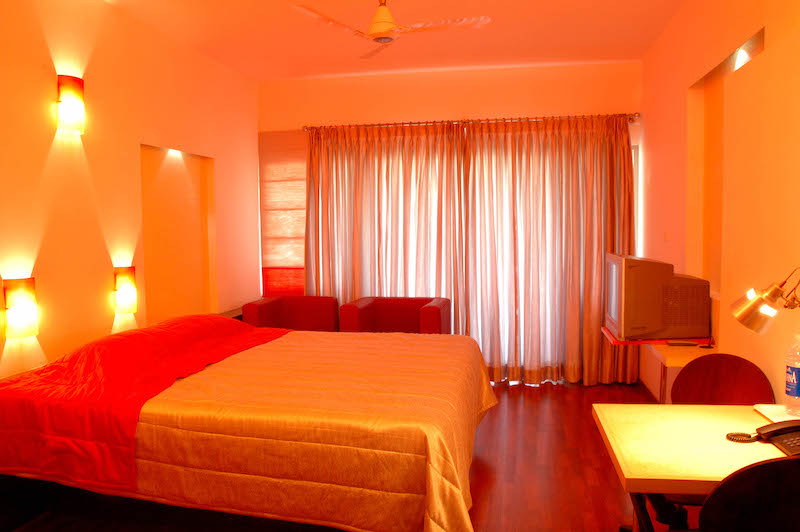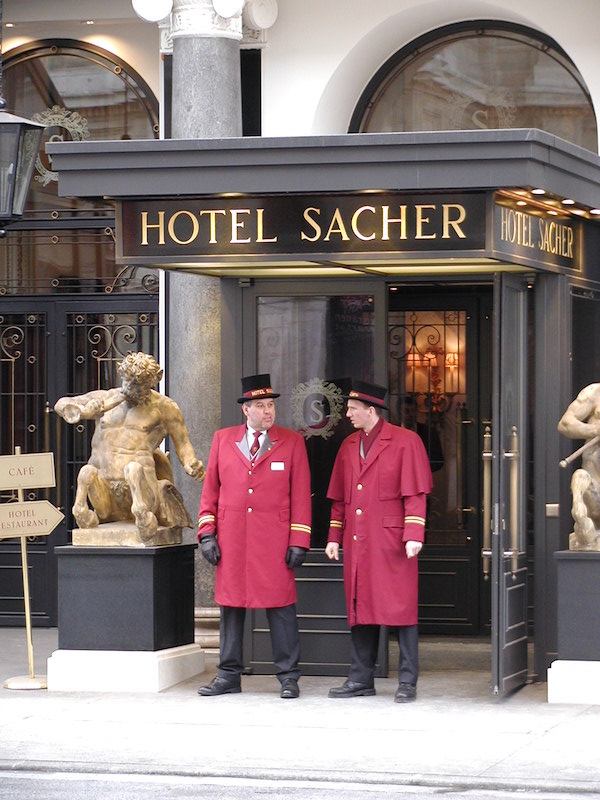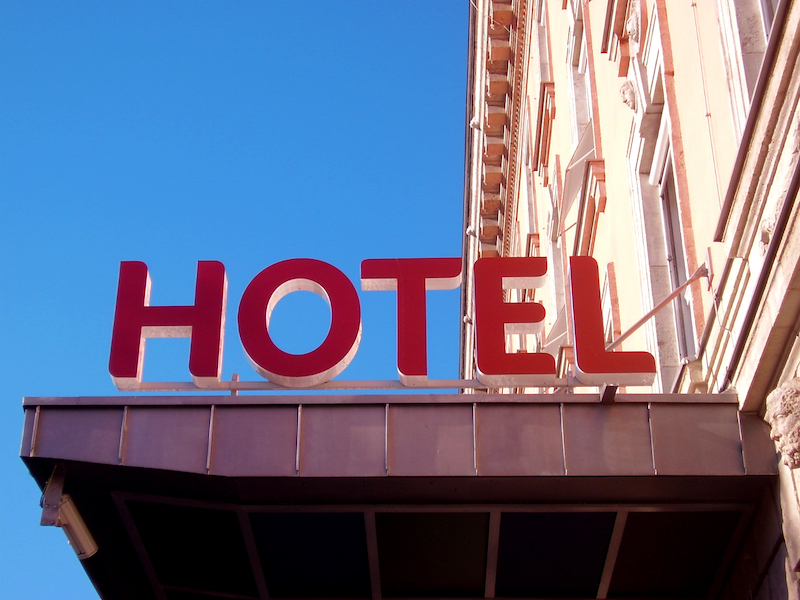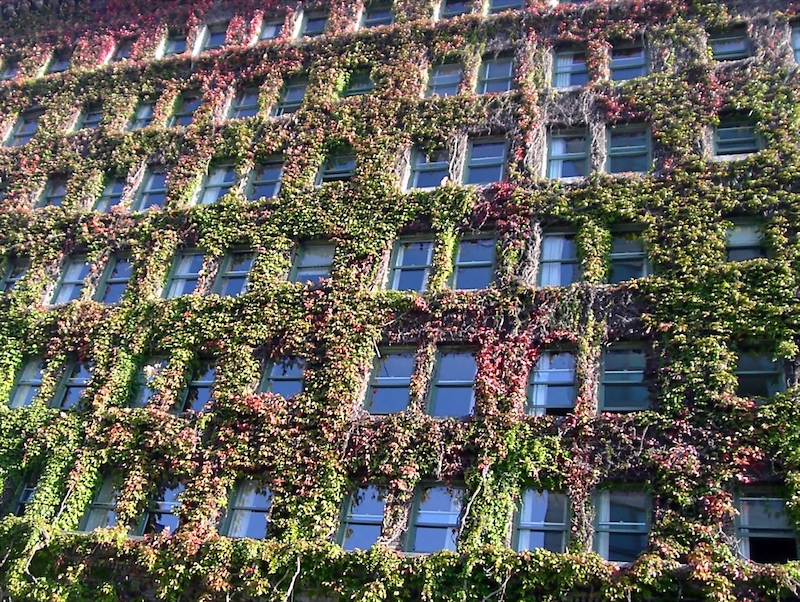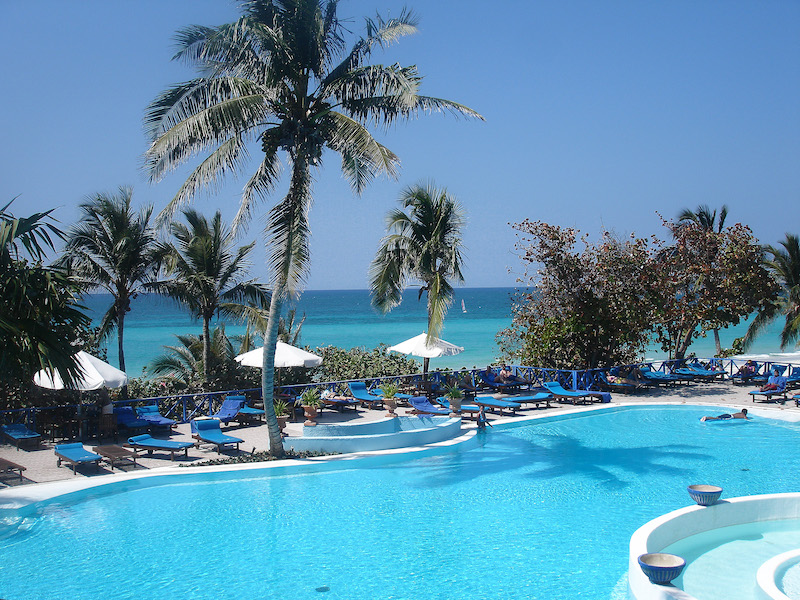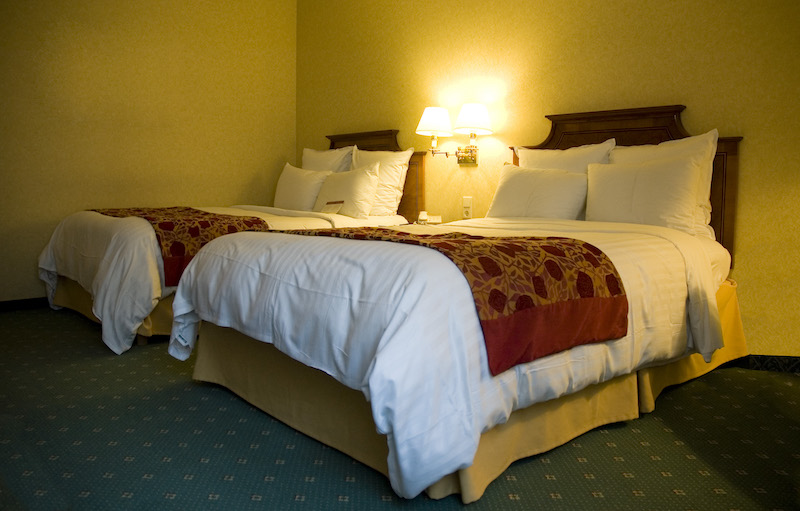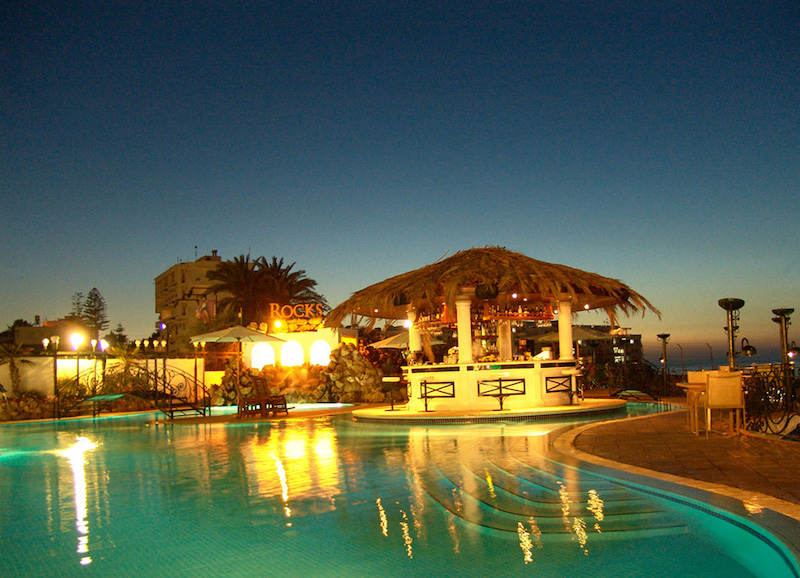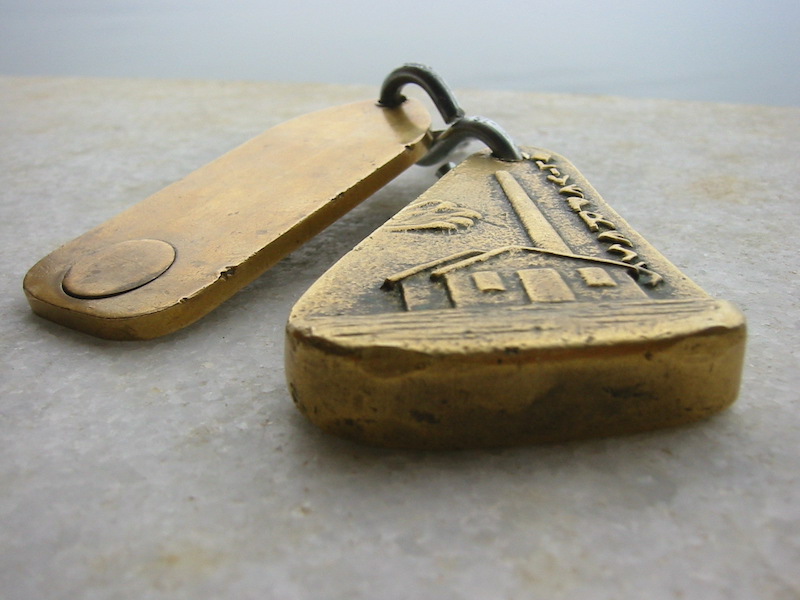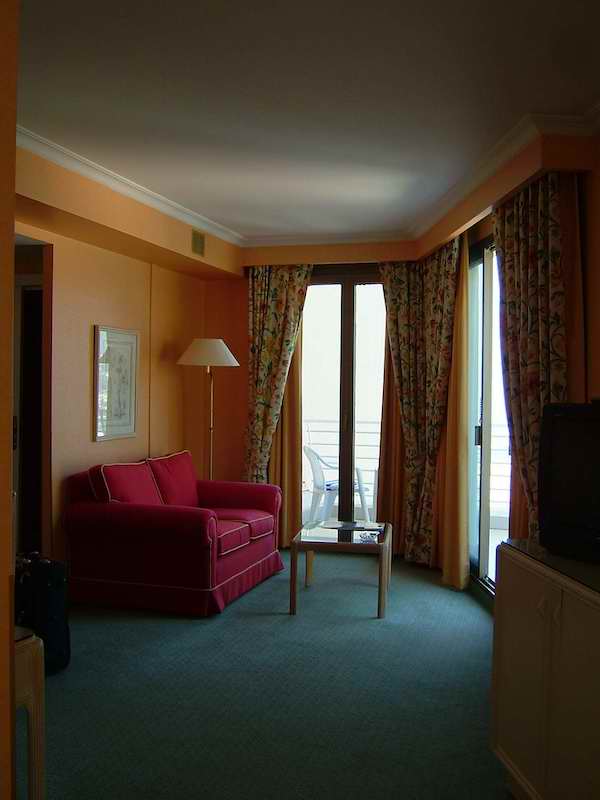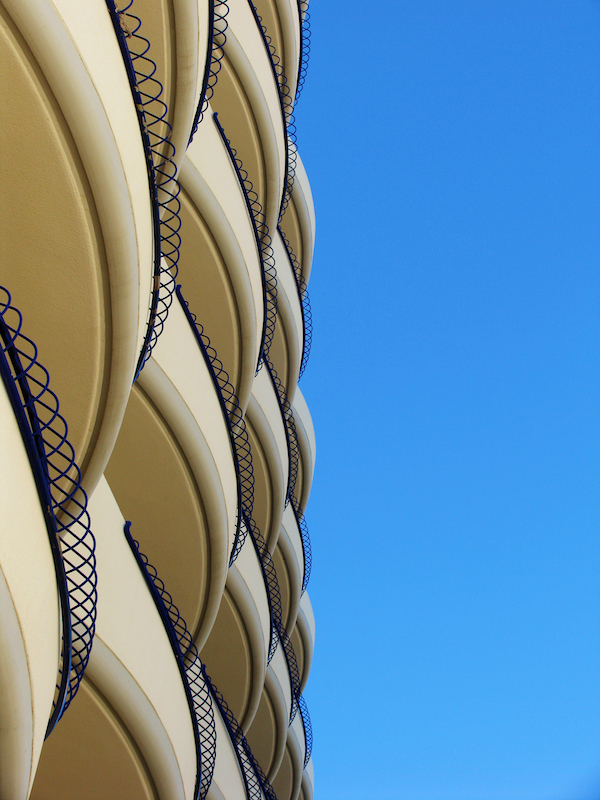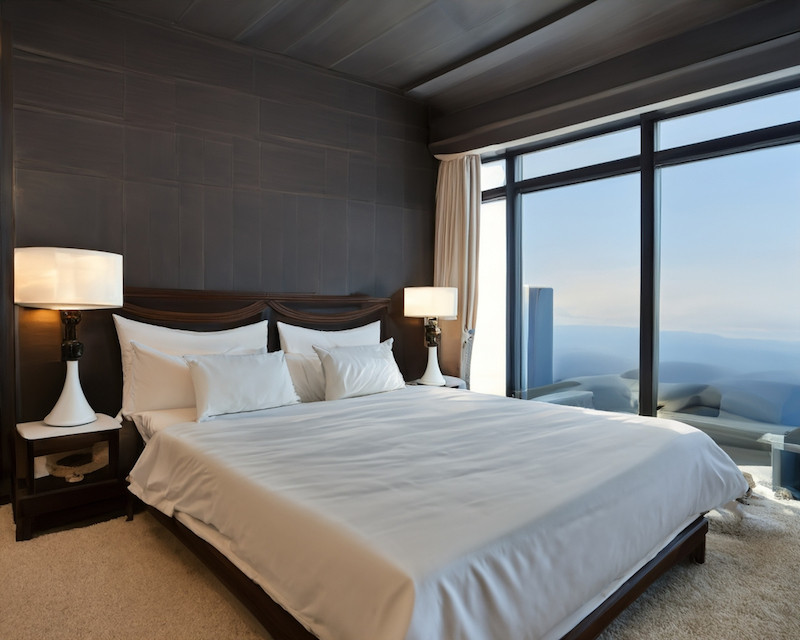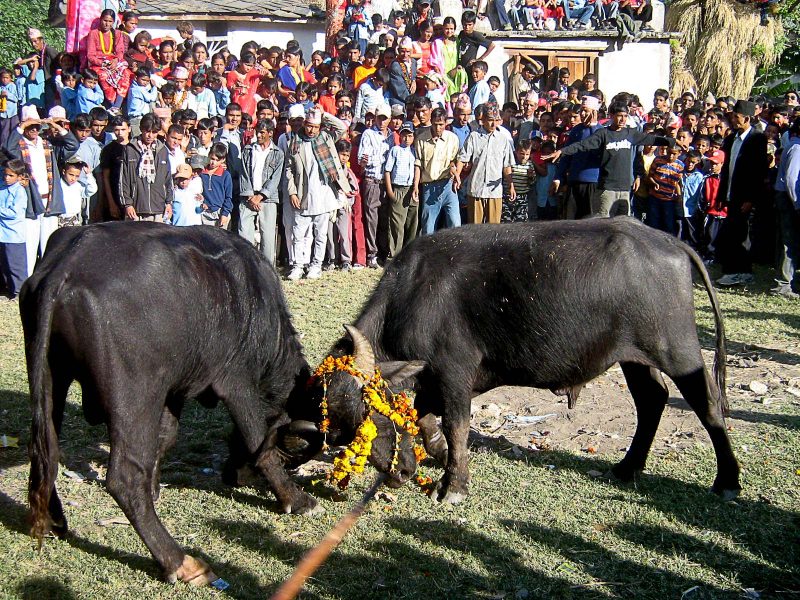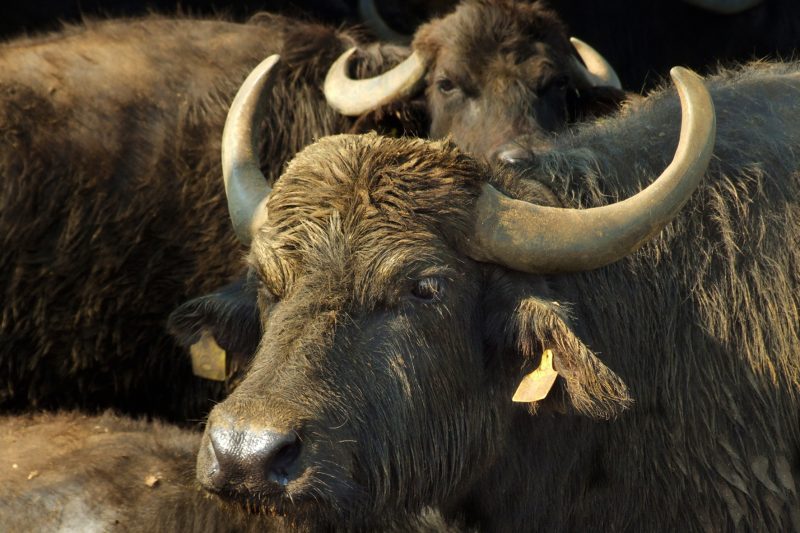-
Google hotels is a platform that allows travellers to search for and book accommodations all in one place. This tool integrates seamlessly with Google Search and Google maps, offering a convenient way to find hotels that meet specific needs. By using Google hotels, travellers can explore a variety of lodgings.
-
Many luxury hotels often come with hefty price tags, but with the right strategies, it’s possible to enjoy these high-end stays without breaking the bank. There are numerous methods for securing affordable rates while still experiencing top-notch accommodations. The secret lies in being strategic and proactive in your booking process.
-
B&B hotels come with a lower price compared to traditional hotels. The pricing difference stems from several factors. Understanding these factors can help you make a more informed decision about where to stay. B&Bs generally focus on providing a more personal and intimate experience, often leading to lower operational costs.
-
Finding affordable and cheap accommodation can be a challenge for many travellers, but several websites excel at offering cheap hotels. These platforms simplify the booking process while providing valuable tools for finding the best deals. By using the right website, you can find budget-friendly options that fit your travel needs.
-
Google hotels makes finding the perfect hotel for your next trip an easy process. This tool provides you with a range of affordable hotel options at your fingertips. Searching for Google hotels on the online search engine will bring up various results that can help you make the best decision.
-
I found my search for motels near me to be very straightforward. I started by using online search engines. These search engines are reliable tools for locating nearby motels. Typing in motels near me helped me access a range of options. The results listed various motels, each offering different amenities.
-
There is a thrilling allure to staying in a hotel that comes with a touch of the paranormal. Some hotels have gained reputations for strange occurrences, eerie atmospheres, and ghostly encounters. For those looking for more than just a place to sleep, these haunted hotels offer an unforgettable, spine-tingling experience.
-
Finding the perfect hotel for any trip within budget can significantly impact your travel experience. From luxury to budget-friendly accommodations, the right hotel can elevate your stay. This piece delves into key aspects of booking a hotel, offering insights into how to choose the best options that suit your needs.
-
Explorow is a free and open travel platform that leverages an interactive map to enhance the way travelers discover and plan their journeys. By sourcing content from users, Explorow offers a dynamic and engaging experience for both travelers and travel-related businesses. The platform is a free promotion for travel business.
-
The search for the best hotel spa in the world begins with a desire for relaxation, luxury, and rejuvenation. Hotel spas offer an opportunity to unwind in tranquility, combining top-tier facilities with expert treatments. From luxurious resorts to hidden gems in bustling cities, these spas cater to various wellness needs.
-
Finding hotel deals and discounts can significantly enhance your travel experience and help you save money. With numerous online resources available, travelers can take advantage of various strategies to secure the best prices and discounts. Knowing where to search and how to maximize savings is key to a successful booking.
-
Finding the best hotel booking site is a time-consuming task, especially with so many options available. However, with a little research, it is possible to identify a platform that offers convenience, competitive prices, and a seamless experience. The right hotel booking site helps you save money and make travel enjoyable.
-
Extended stay hotels are designed for guests who require accommodations for a week or more. They offer the convenience of home-like amenities with the services of a traditional hotel. Extended stay options cater to business travelers, tourists, and those relocating. By providing more space, they serve as an excellent choice.
-
AC hotel is a premium hotel brand known for its contemporary design, comfort, and excellent service. Travellers often choose AC Hotels for their stylish accommodations, convenient locations, and top-notch amenities. This hotel brand has recently been growing in popularity due to its emphasis on modern living, functionality, and aesthetic appeal.
-
Staying in a city hotel offers benefits that make it a popular choice for travellers. City hotels provide a blend of convenience, comfort, and accessibility that make any trip enjoyable. These hotels often sit at the heart of urban areas, providing easy access to major attractions, transportation, and local experiences.
-
When planning a trip, one of the first and crucial things to do is find the right place to stay. The right hotel booking site can make all the difference in securing the best deals and accommodations. With countless options available, choosing the best site for your needs is key.
-
Booking hotel is an integral part of planning any trip for travellers. It is not only about finding a place to sleep. It is about ensuring comfort, convenience, and value for money. The process may seem straightforward, but knowing the key aspects can help you make a more informed decision.
-
Booking a hotel room involves agreeing to specific cancellation terms. These policies are designed to protect hotels from lost revenue while providing flexibility to guests. However, many travelers seek ways to work around these policies, especially when plans change unexpectedly. Understanding the cancellation rules can help you avoid unnecessary fees.
-
African buffalo is a symbol of strength, resilience, and community in various cultures, and customs especially within African traditions. Revered for its physical power and social nature, the African buffalo plays a significant role in spiritual symbolism. Buffalo spirit animals are associated with endurance, protection, and connection to the earth.
-
The buffalo holds a special place in the realm of clairvoyant readings and spiritual symbolism. As a powerful animal totem, the buffalo represents strength, endurance, and abundance. Clairvoyants often interpret the buffalo as a guide to personal growth, resilience, and connection to the earth. Buffalo is a symbol of protection.

